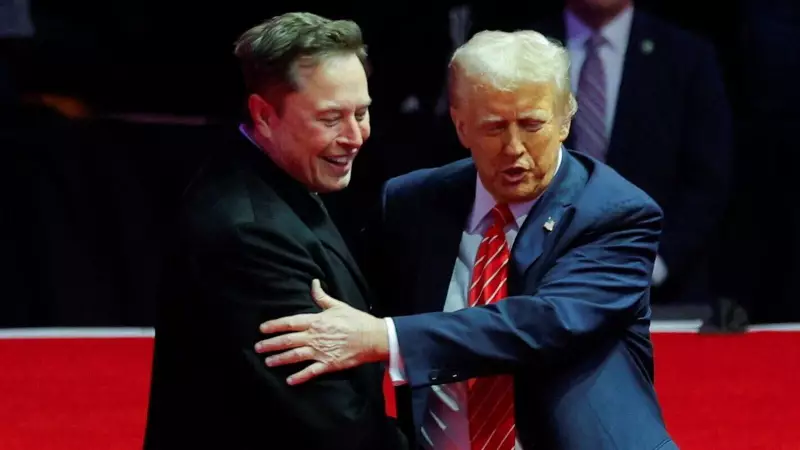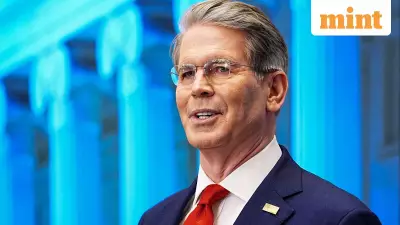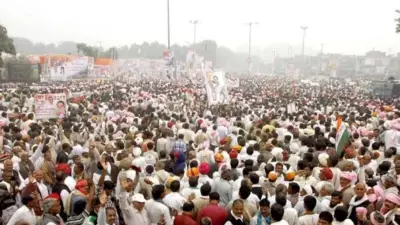
In a development that has raised eyebrows across political circles, former President Donald Trump's recently released list of donors for White House ballroom events has one glaring omission - the world's wealthiest individual, Elon Musk.
The Missing Billionaire
Despite Elon Musk's significant influence and massive wealth estimated at over $200 billion, his name is nowhere to be found among the contributors to Trump's political events. This absence is particularly notable given Musk's vocal presence in political discussions and his previous interactions with the Trump administration.
Who Made the Cut?
The donor list, made public through recent filings, features several prominent business leaders and wealthy individuals who contributed to events held at the prestigious White House ballroom. Among them are:
- Major real estate developers from New York and Florida
- Traditional Republican donors from the energy sector
- Wealthy entrepreneurs from various industries
- Long-standing GOP supporters from established business families
Political Implications
Musk's absence from the donor list raises questions about the relationship between the tech billionaire and the former president. While Musk has occasionally expressed support for some Republican policies, he has maintained a somewhat independent stance in the political arena.
The timing of this revelation is crucial, coming as Trump positions himself for a potential 2024 presidential run. The composition of donor lists often signals broader political alliances and support networks that could prove vital in upcoming elections.
Broader Context
This development occurs against the backdrop of increasing political engagement by tech billionaires, though their support often crosses traditional party lines. Musk's decision to stay off this particular donor list may reflect his unique approach to political involvement, which has often prioritized specific issues over party loyalty.
The absence also highlights the evolving nature of political fundraising, where traditional donor bases are being supplemented by new money from the technology sector, though not always in predictable patterns.





